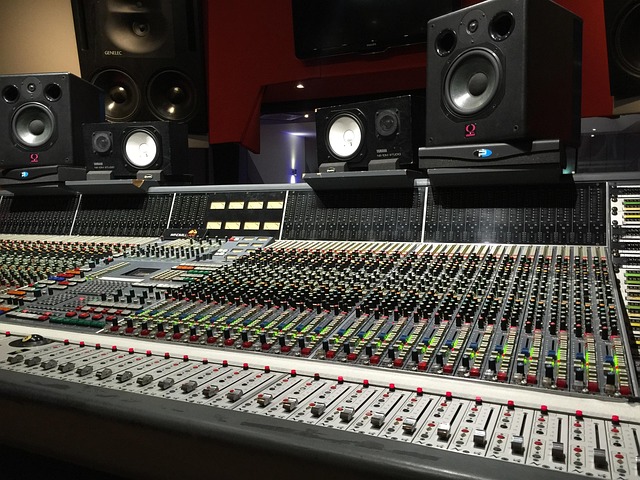Real estate-driven urban revitalization transforms underused areas into thriving communities by strategically investing in properties and infrastructure, aligning new constructions with local needs. These initiatives enhance physical landscapes, stimulate local economies through job creation and increased property values, and attract businesses, ultimately improving residents' quality of life. Examples include repurposing abandoned spaces for mixed-use developments, such as converting warehouses to artistic communities or industrial sites into parks. While urban revitalization offers economic opportunities, careful navigation is needed to avoid displacement, traffic congestion, and environmental degradation; prioritizing affordable housing, sustainable transport, and green spaces ensures inclusive benefits and enhances overall quality of life.
Urban revitalization is a powerful force for transforming underused areas into vibrant communities. This process, often led by real estate development, breathes new life into neglected spaces, revitalizing urban landscapes. From abandoned factories to vacant lots, successful projects showcase innovative strategies and design solutions.
This article explores the multifaceted role of real estate in urban revitalization, delving into its benefits, challenges, and case studies. Discover how strategic investments can create thriving city centers, enhance quality of life, and drive economic growth.
Urban Revitalization: The Role of Real Estate Development

Urban revitalization often begins with real estate development, as it plays a pivotal role in breathing new life into underused areas. Developers can transform derelict or neglected spaces into thriving communities by strategically investing in properties and infrastructure. This involves careful planning to ensure the project aligns with the surrounding area’s character and needs.
The process may include constructing new buildings, rehabilitating existing structures, or re-purposing old spaces for modern uses like residential, commercial, or mixed-use developments. These initiatives not only enhance the physical landscape but also stimulate local economies by creating jobs, increasing property values, and attracting businesses, thereby revitalizing the area and improving the overall quality of life for residents.
Transforming Underused Spaces: Strategies and Success Stories

Transforming underused urban spaces into vibrant hubs is a strategy that can breathe new life into seemingly lifeless areas. This process, often referred to as urban renewal, involves careful planning and innovative thinking. Real estate developers and urban planners play a pivotal role in identifying these spaces—abandoned lots, old factories, or forgotten public areas—and devising creative ways to reinvent them.
One successful approach is the repurposing of these sites for mixed-use developments, combining residential, commercial, and recreational facilities. For instance, converting an old warehouse into a community of lofts, art galleries, and co-working spaces can attract young professionals and artists. Similarly, transforming a former industrial site into a park with recreational amenities, restaurants, and event spaces not only revitalizes the area but also creates a unique gathering place for residents. Such transformations not only enhance the physical landscape but also foster community engagement and economic growth in underused urban areas.
Benefits and Challenges: A Comprehensive Look at Urban Revitalization

Urban revitalization, while often seen as a revitalizing force for underused areas, comes with its fair share of benefits and challenges. On one hand, it can spark economic growth by attracting new businesses, increasing property values, and fostering a sense of community. This is particularly beneficial for real estate markets, as revitalized neighborhoods become more desirable, leading to higher rental rates and home prices. The influx of investment can also stimulate local job creation and improve infrastructure, enhancing the overall quality of life for residents.
However, challenges such as displacement of long-time residents, increased traffic congestion, and potential environmental impacts must be carefully navigated. Revitalization projects should prioritize affordable housing to prevent existing communities from being pushed out. Additionally, sustainable transportation options and green spaces can help mitigate environmental concerns while improving the livability of these areas for all. Balancing these factors requires meticulous planning and community involvement to ensure that urban revitalization truly benefits everyone.






